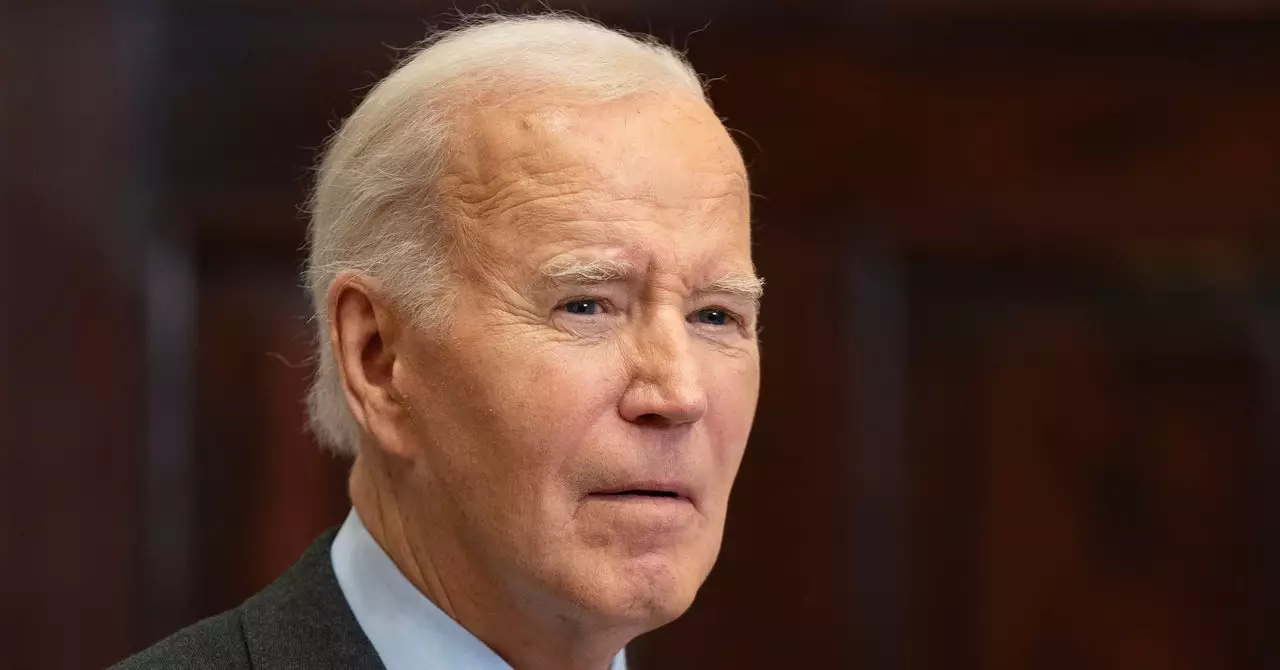The Biden administration’s recent export control initiative is a bold approach in the realm of artificial intelligence (AI) and semiconductor technology. This controversial policy aims to delineate between nations deemed trustworthy and those considered adversarial, particularly focusing on inhibiting the unauthorized access of AI advancements to nations like China. As nations engage in a technological arms race, this ruling is both a strategic maneuver and a potential stumbling block for allied relationships in a rapidly evolving sector.
At the core of this new strategy is the “AI Diffusion rule,” which categorizes countries based on their access rights to advanced AI silicon and algorithms. The designation of certain nations as “trusted”—such as the UK, Canada, and several European allies—grants them fewer restrictions, while others, especially those under arms embargoes like China, Iran, and North Korea, face severe limitations on acquiring advanced AI technologies. U.S. Commerce Secretary Gina Raimondo emphasized the need for America to maintain its leadership role in AI development and chip design, citing the dual-use nature of semiconductors as a primary concern.
While the intent behind the AI Diffusion rule is clear, the implications warrant a more thorough examination. For instance, while it appears protective on the surface, the bifurcation of nations into “trusted” and “untrusted” categories could inadvertently destabilize international relations. It raises questions about the long-term impact of such a delineation on global collaboration in research and shared technological advancements, an area where collective progress is often paramount.
The policy introduces intricate guidelines for companies seeking to access advanced AI chips. Organizations headquartered in nations that fall outside of export control restrictions can acquire up to 1,700 of the latest AI chips without needing any special permissions. However, they will need to navigate a complex licensing system if they require more chips or aim to develop large-scale data operations with U.S. technology. This added layer of bureaucracy could create obstacles for companies eager to innovate and compete on the global stage.
Importantly, the Commerce Department’s ruling does exempt open-source AI models from these controls. This exemption aims to maintain a flow of innovation within the AI community while still keeping advanced technologies tightly regulated. Yet, by doing so, there exists a contradiction where collaborative frameworks on an open-source level may further fuel advancements in less regulated nations—potentially undermining the overall initiative.
The announcement has already sparked considerable debate among industry leaders. Nvidia, a giant in the semiconductor field, has labeled the initiative as “unprecedented and misguided.” Critics argue that while the initiative may seem protective of U.S. interests, it may, in fact, hinder the country’s competitive edge in the flourishing global AI marketplace. The sentiment reflects a growing concern among tech critics that these protective measures could stifle innovation when it is needed most.
Moreover, dissenting opinions from the tech community illustrate a fundamental disagreement on the efficacy of the policy. The risk of diminishing America’s leadership role in AI arises not just from the immediate impacts but also from the long-term trajectory of international technology partnerships. As rivals in the sector gain momentum, America’s stringent measures could risk alienating key partners and inhibit collaborative efforts crucial for global progress.
As the policy enters a consultation phase, the incoming administration, led by Donald Trump, will need to carefully consider stakeholder input, which may prompt revisions to the original rule. With technology evolving at an unprecedented pace, it is vital for policymakers to strike a balance between national security and a nurturing environment for innovation.
While the aim to prevent adversaries from gaining access to powerful technologies is a legitimate concern, the approach taken needs to be more nuanced. The global landscape is increasingly interconnected, and fostering an atmosphere of cooperation may yield better long-term results than divisive control measures. Ultimately, the viability of the AI Diffusion rule will depend on its flexibility and willingness to adapt, ensuring that the U.S. retains its position as a leader in a sector that is shaping the future of global economies and societies.

